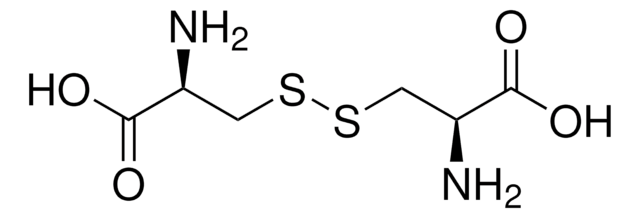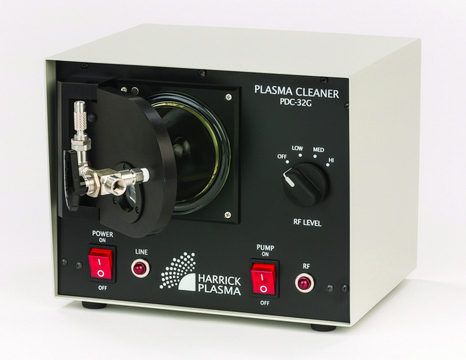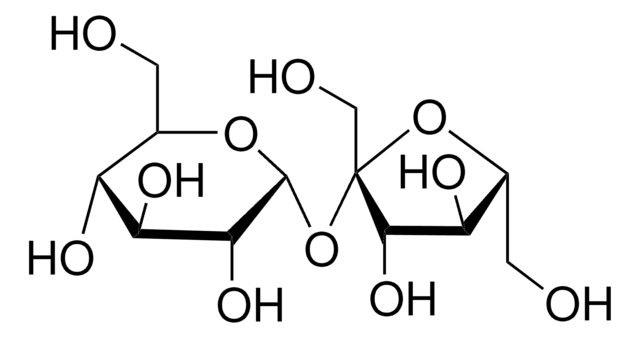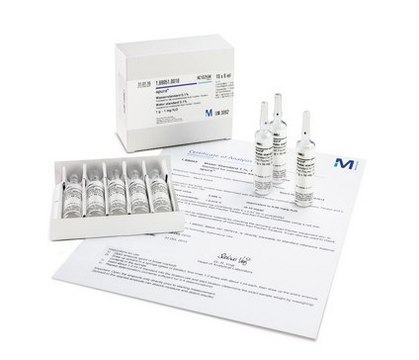GF37464802
Copper
wire reel, 5m, diameter 0.025mm, as drawn, 99.99+%
Synonym(s):
Copper, CU005195
Sign Into View Organizational & Contract Pricing
All Photos(2)
About This Item
Empirical Formula (Hill Notation):
Cu
CAS Number:
Molecular Weight:
63.55
MDL number:
UNSPSC Code:
12141711
PubChem Substance ID:
NACRES:
NA.23
Recommended Products
Assay
99.99%
form
wire
manufacturer/tradename
Goodfellow 374-648-02
resistivity
1.673 μΩ-cm, 20°C
L × diam.
5 m × 0.025 mm
bp
2567 °C (lit.)
mp
1083.4 °C (lit.)
density
8.94 g/mL at 25 °C (lit.)
SMILES string
[Cu]
InChI
1S/Cu
InChI key
RYGMFSIKBFXOCR-UHFFFAOYSA-N
General description
For updated SDS information please visit www.goodfellow.com.
Legal Information
Product of Goodfellow
Storage Class Code
13 - Non Combustible Solids
WGK
WGK 2
Flash Point(F)
Not applicable
Flash Point(C)
Not applicable
Regulatory Information
新产品
Choose from one of the most recent versions:
Certificates of Analysis (COA)
Lot/Batch Number
It looks like we've run into a problem, but you can still download Certificates of Analysis from our Documents section.
If you need assistance, please contact Customer Support.
Already Own This Product?
Find documentation for the products that you have recently purchased in the Document Library.
Donita C Brady et al.
Nature, 509(7501), 492-496 (2014-04-11)
The BRAF kinase is mutated, typically Val 600→Glu (V600E), to induce an active oncogenic state in a large fraction of melanomas, thyroid cancers, hairy cell leukaemias and, to a smaller extent, a wide spectrum of other cancers. BRAF(V600E) phosphorylates and
Jonas Duus Stevens Lekfeldt et al.
Environmental pollution (Barking, Essex : 1987), 194, 78-85 (2014-08-06)
Copper (Cu) is known to accumulate in agricultural soils receiving urban waste products as fertilizers. We here report the use of the leucine incorporation technique to determine pollution-induced community tolerance (Leu-PICT) to Cu in a long-term agricultural field trial. A
Jing Zheng et al.
Organic letters, 16(13), 3560-3563 (2014-06-25)
A Rh(III)-catalyzed selective coupling of N-methoxy-1H-indole-1-carboxamide and aryl boronic acids is reported. The coupling is mild and efficient toward diverse product formation, with selective C-C and C-C/C-N bond formation. Kinetic isotope effects studies were conducted to reveal a mechanism of
Gwilherm Evano et al.
Natural product reports, 30(12), 1467-1489 (2013-10-25)
Copper-catalyzed Ullmann-Goldberg-type cross-coupling reactions have undergone nothing short of a renaissance over the last decade and an impressive number of procedures are now available for the formation of C-N, C-O and C-S bonds with remarkable efficiencies and surgical precision. These
Nathalie Adam et al.
Environmental pollution (Barking, Essex : 1987), 194, 130-137 (2014-08-12)
In this study the uptake of ZnO and CuO nanoparticles by Daphnia magna was tested. Daphnids were exposed during 48 h to acute concentrations of the nanoparticles and corresponding metal salts. The Daphnia zinc and copper concentration was measured and the
Our team of scientists has experience in all areas of research including Life Science, Material Science, Chemical Synthesis, Chromatography, Analytical and many others.
Contact Technical Service




